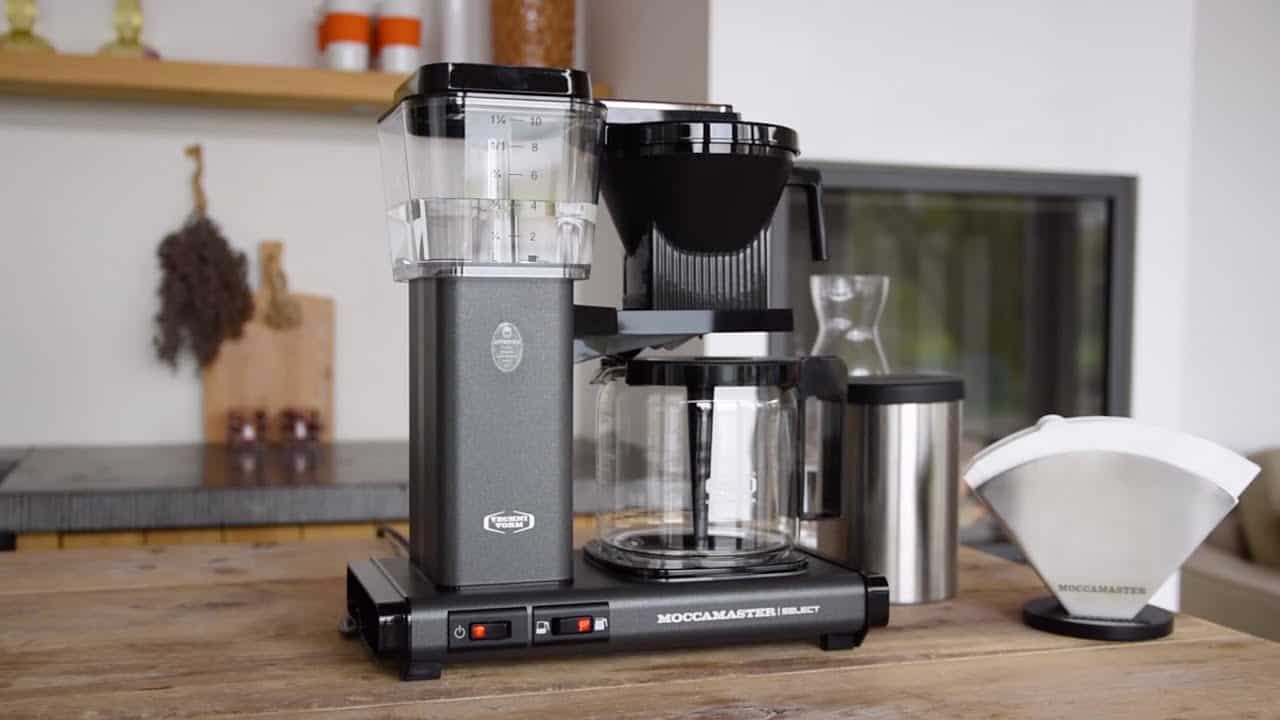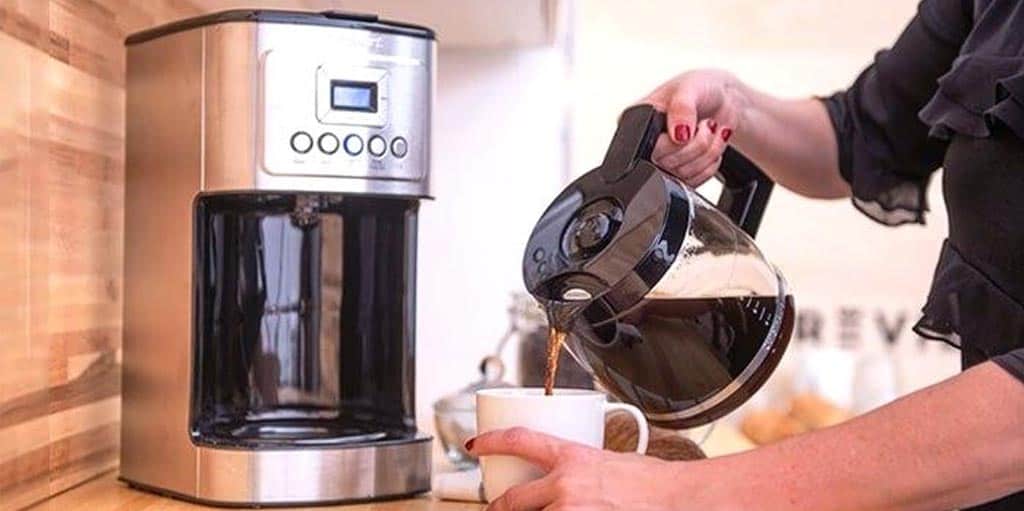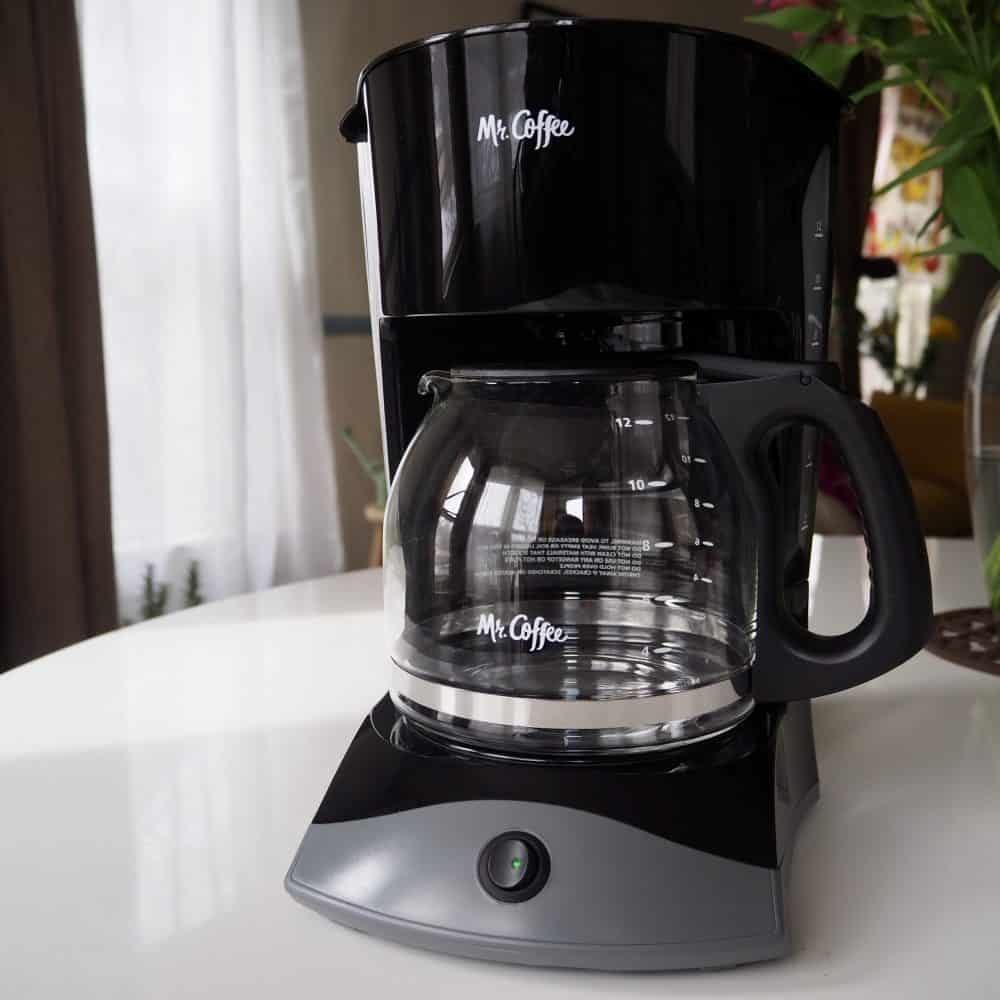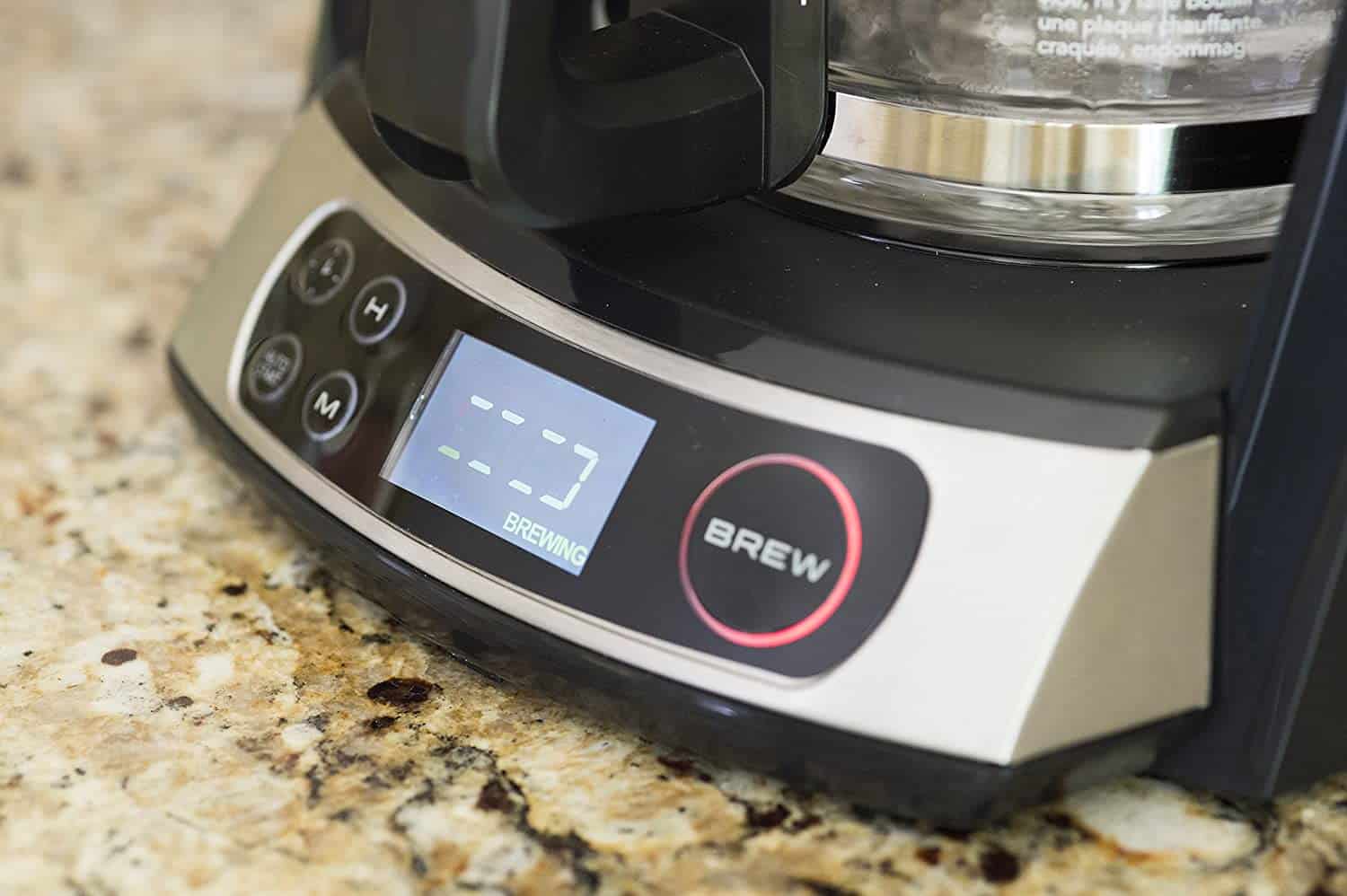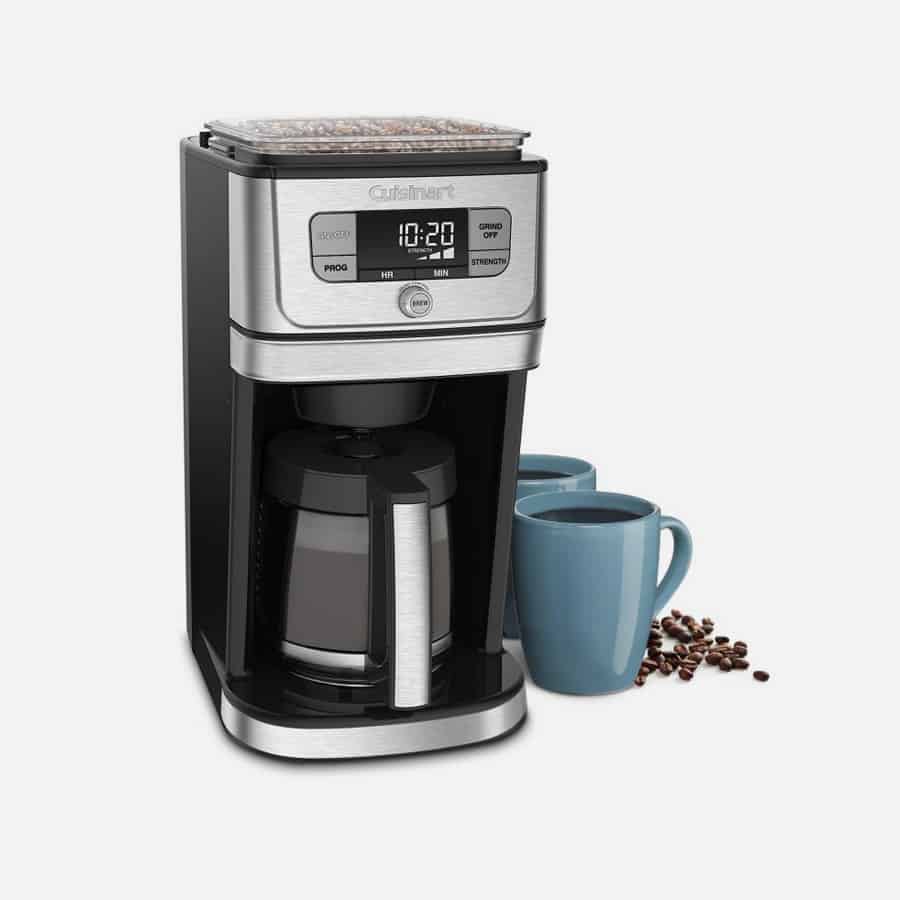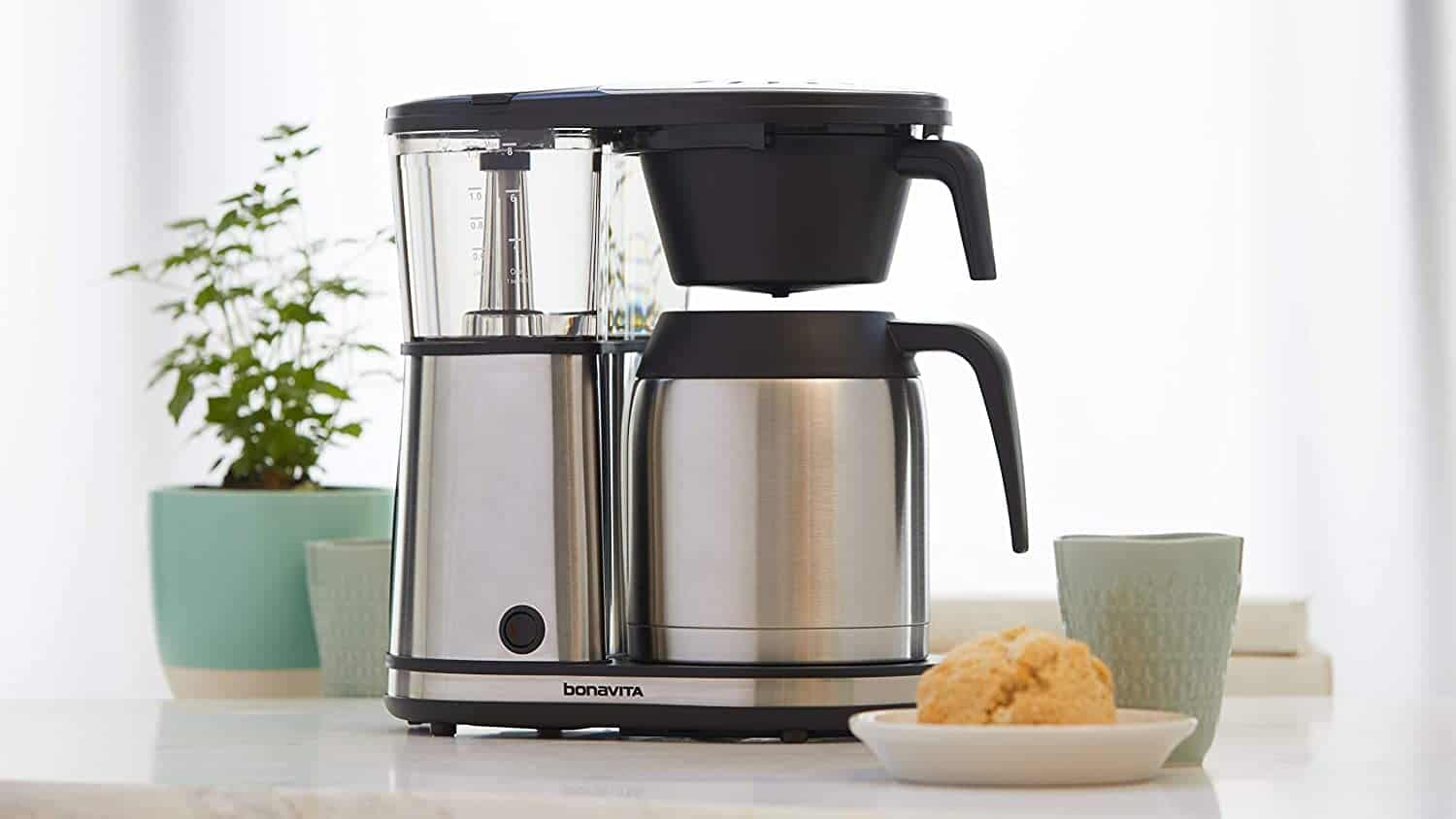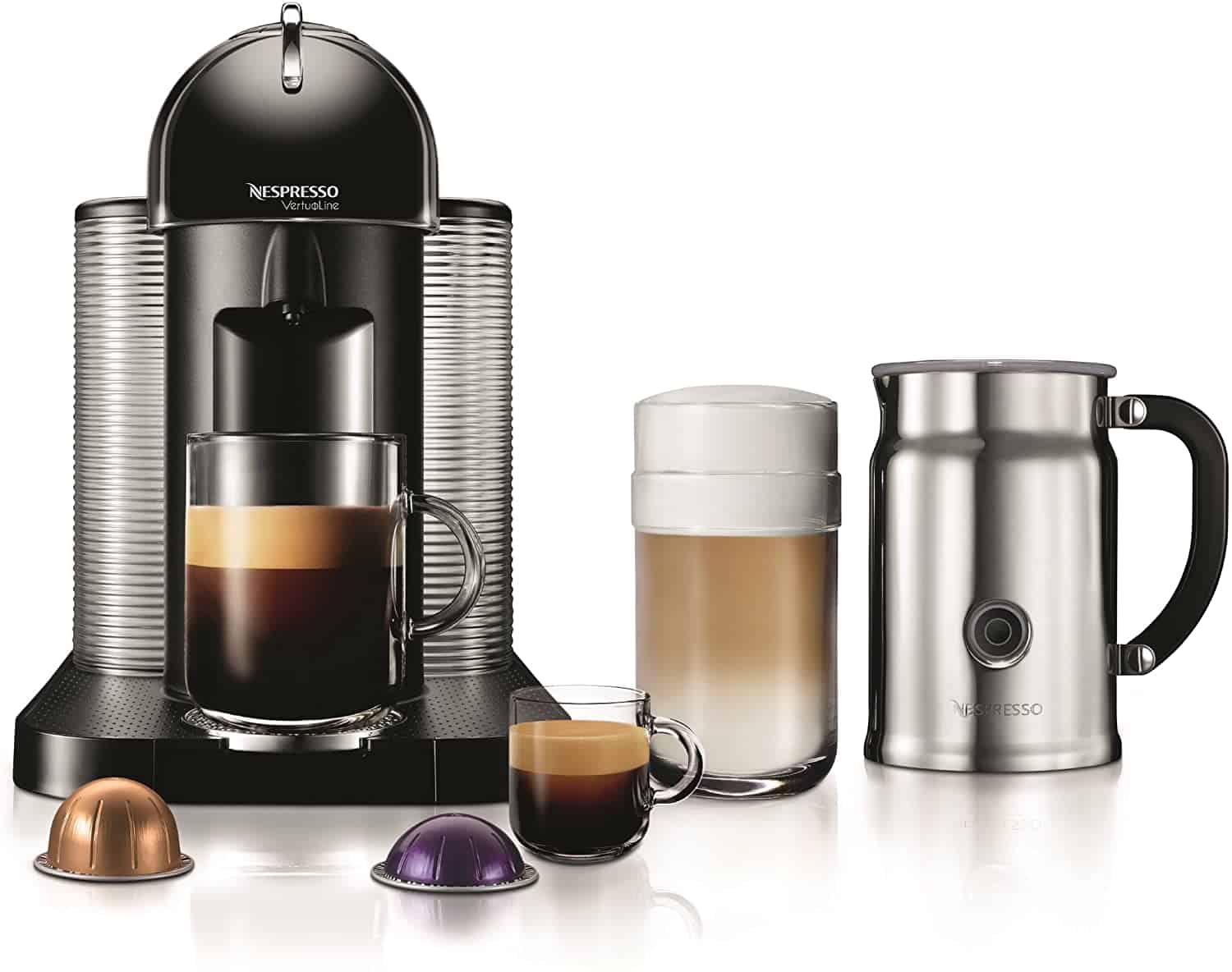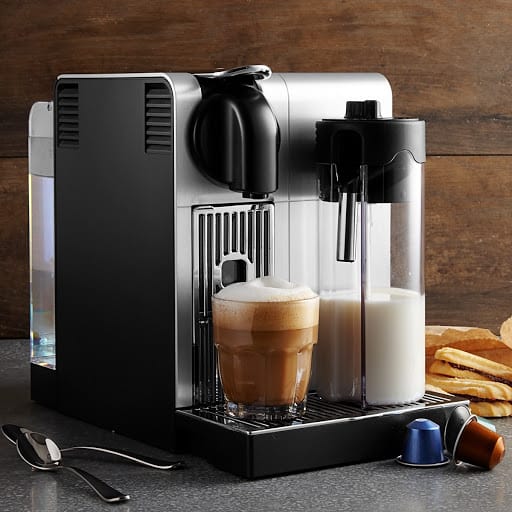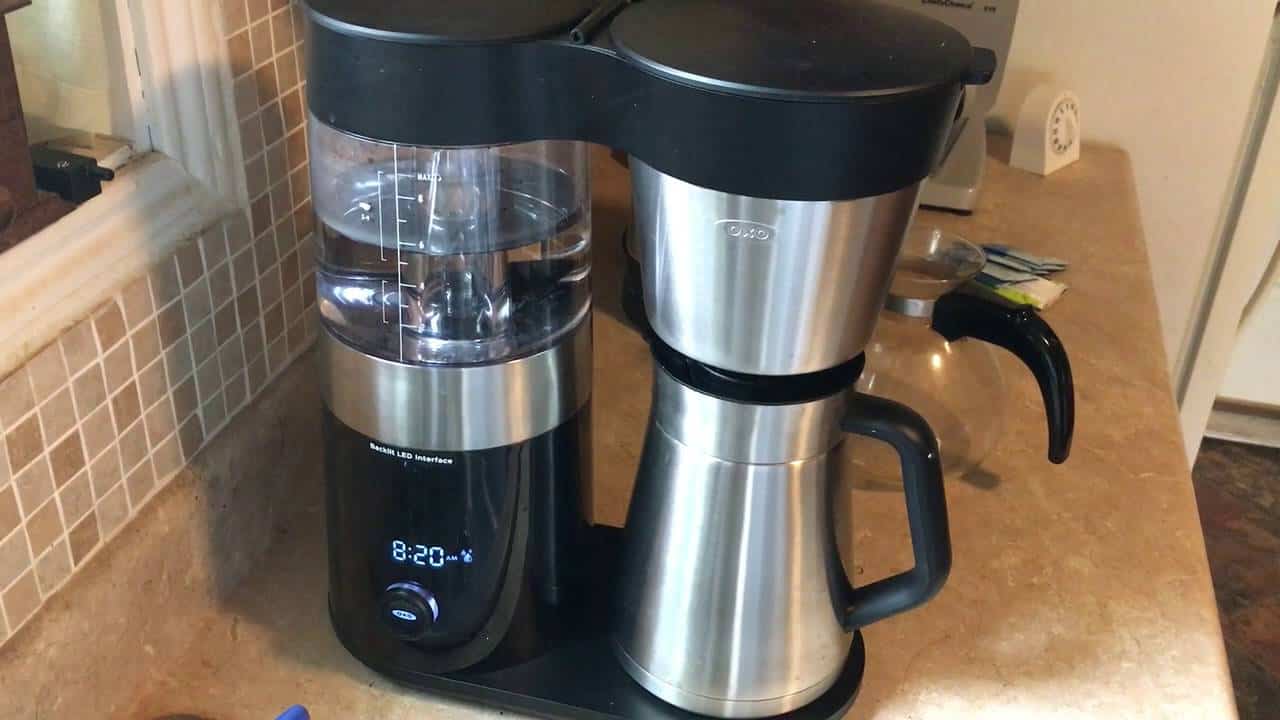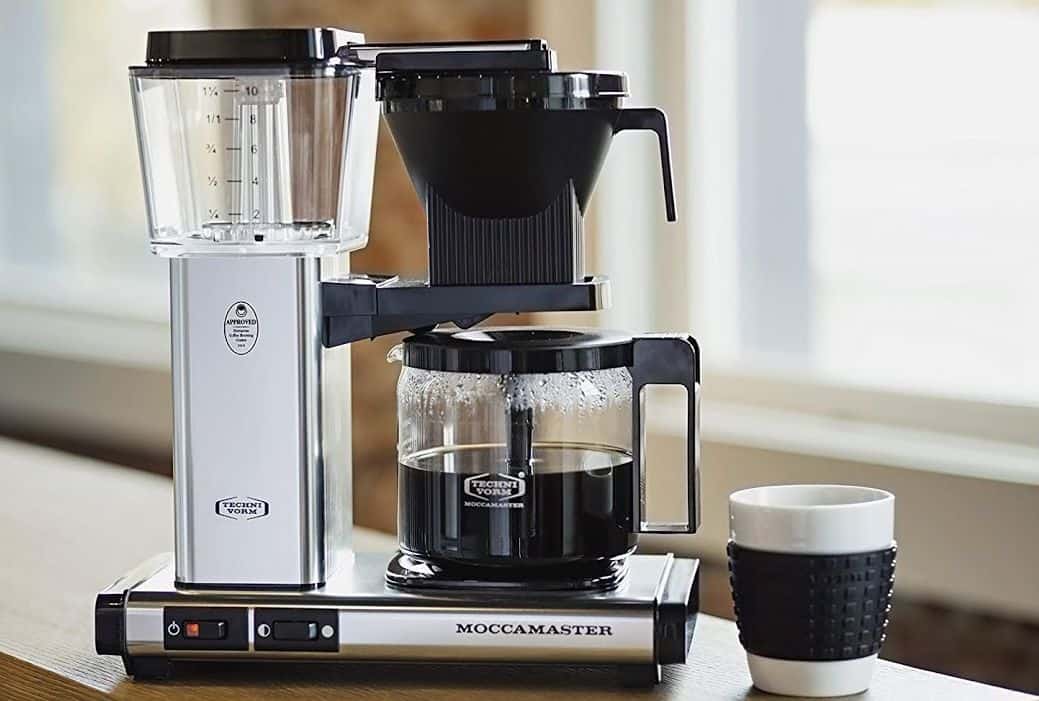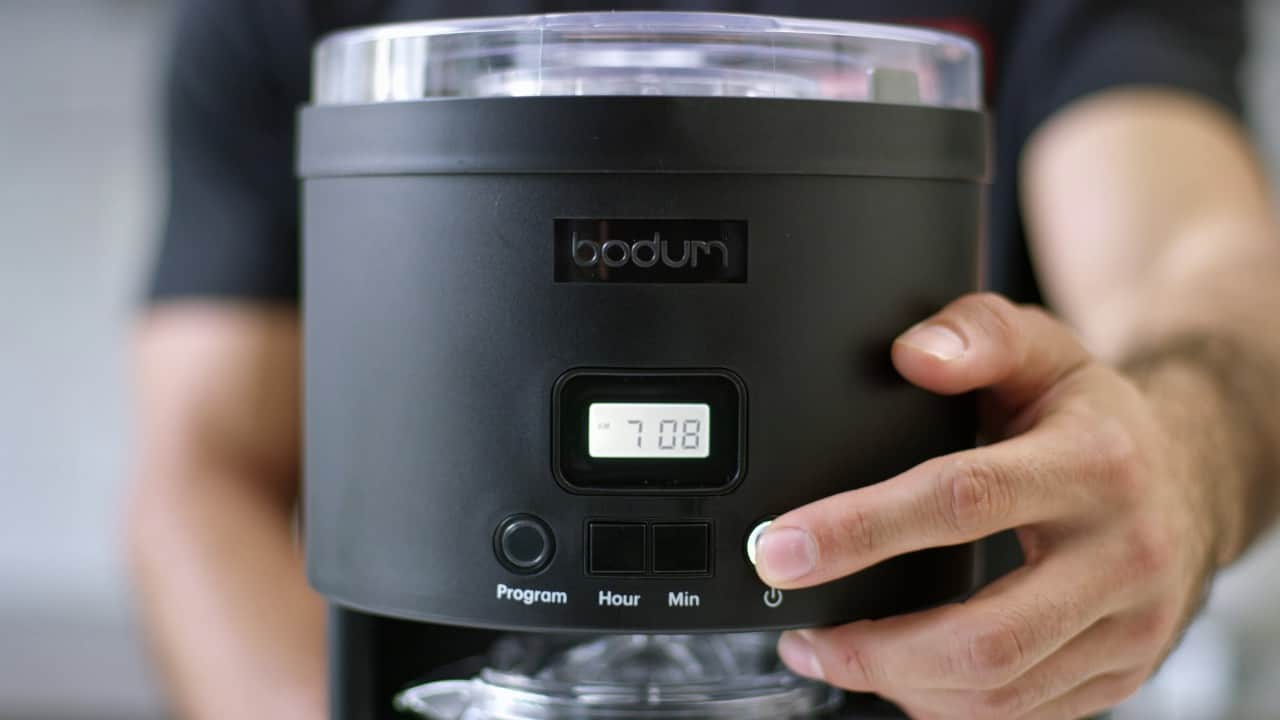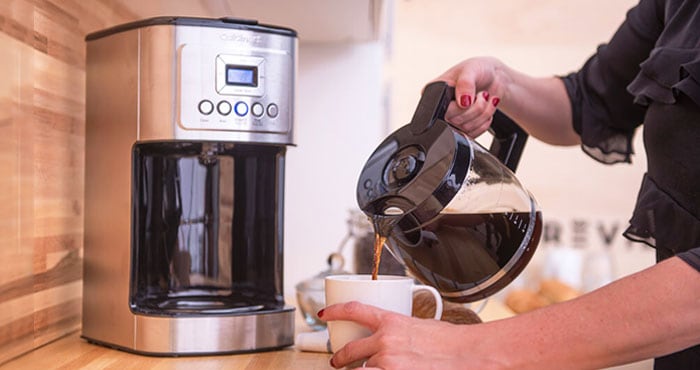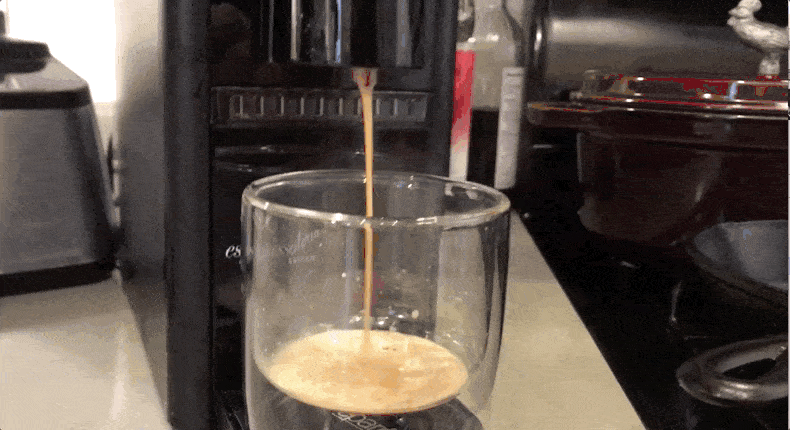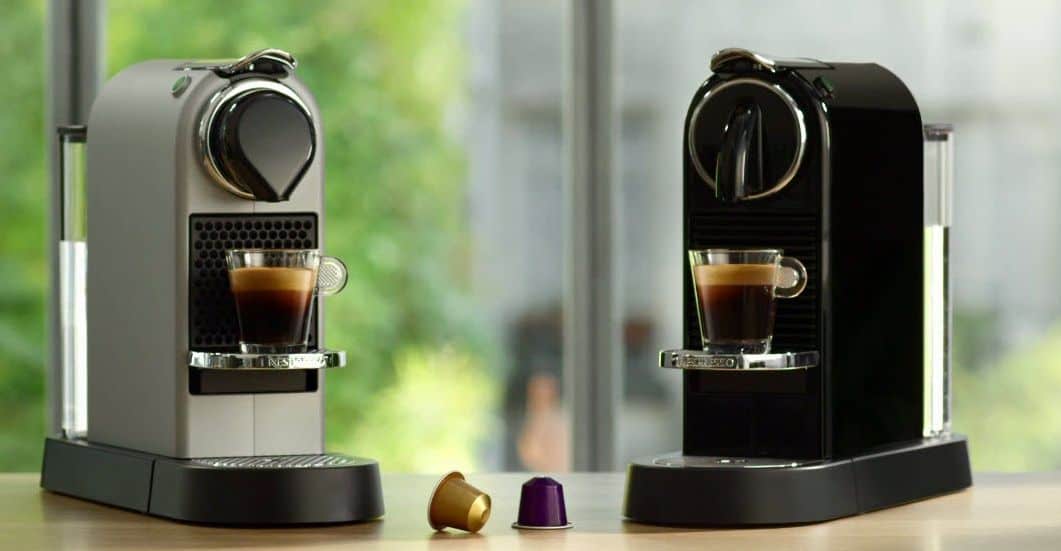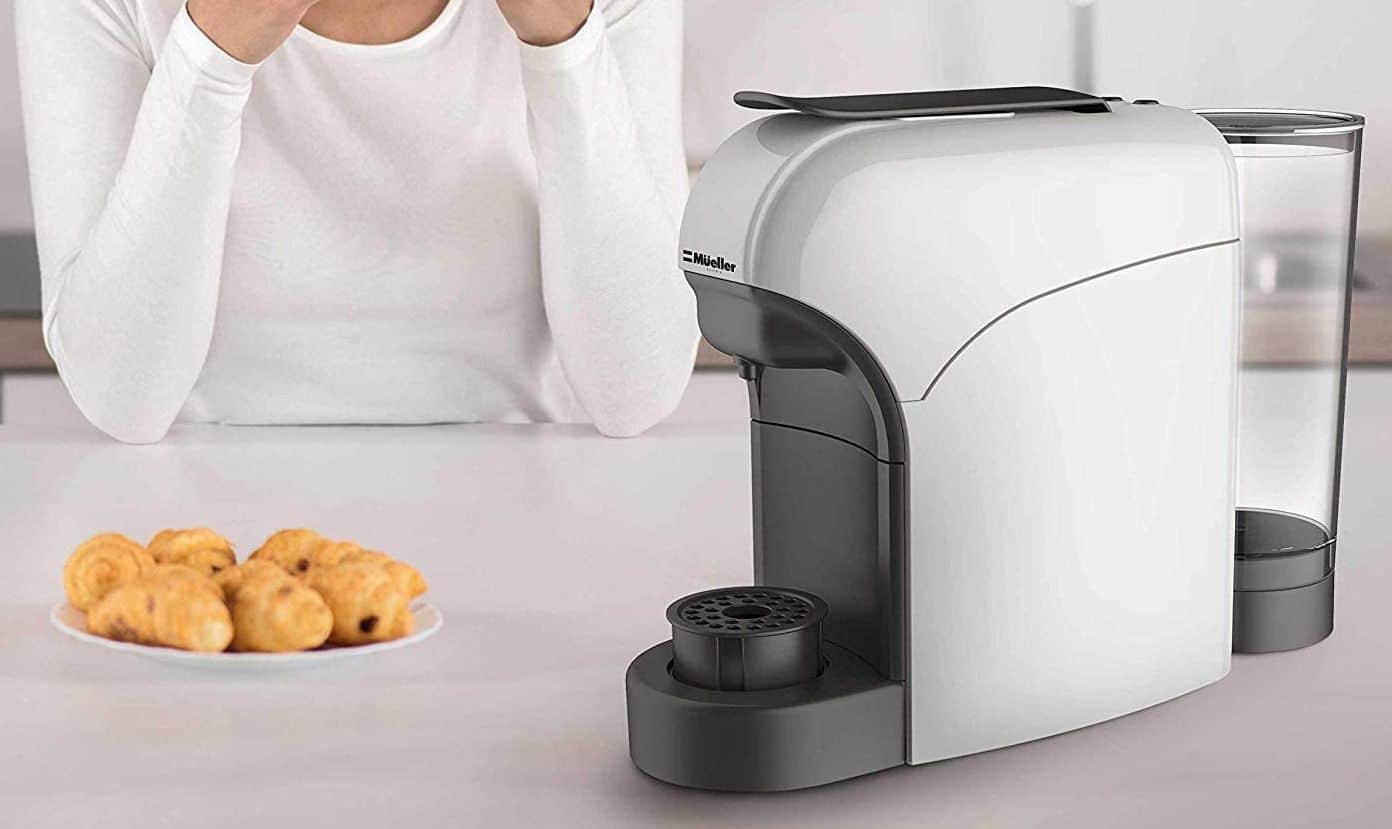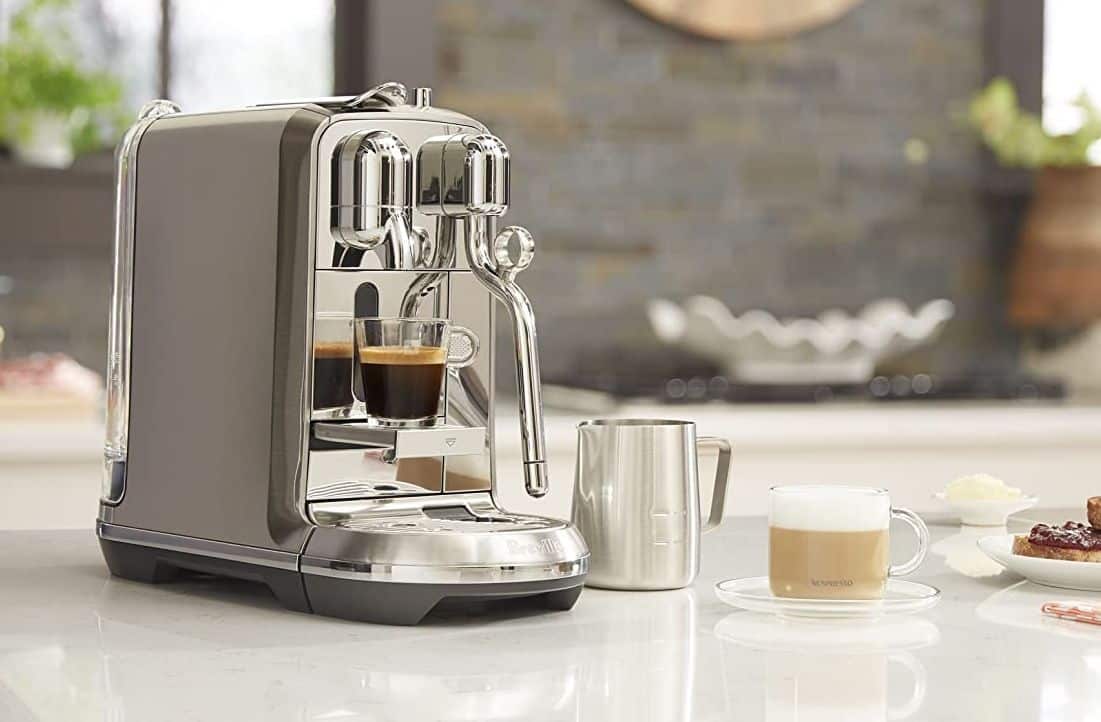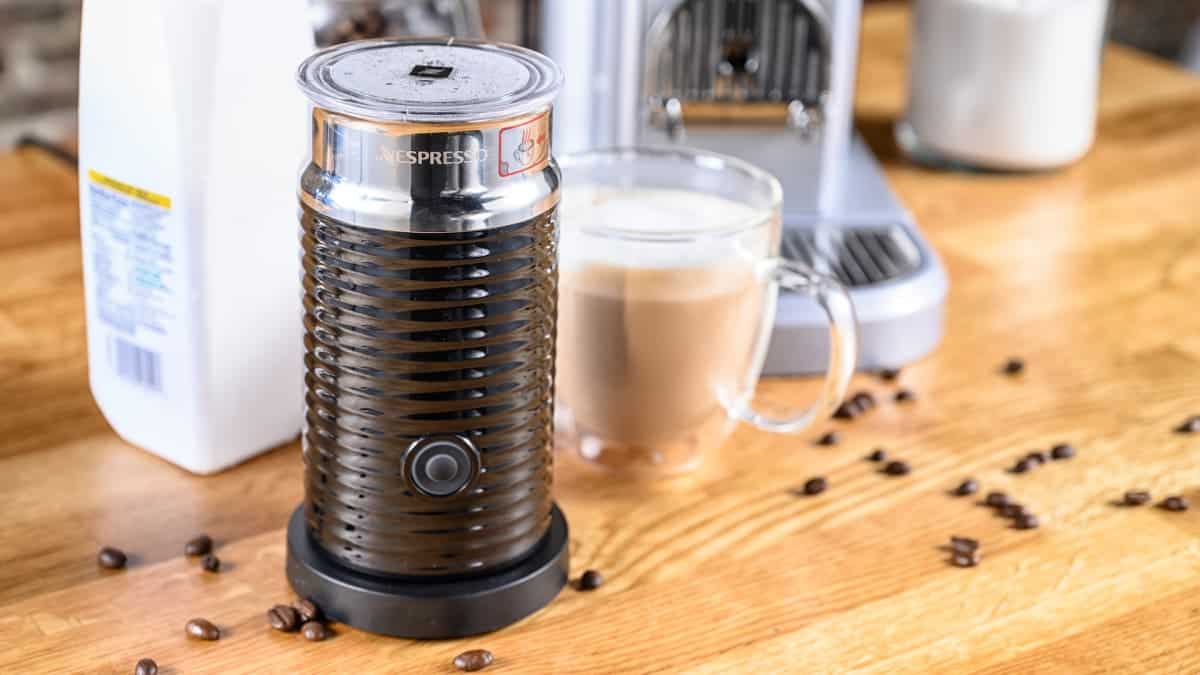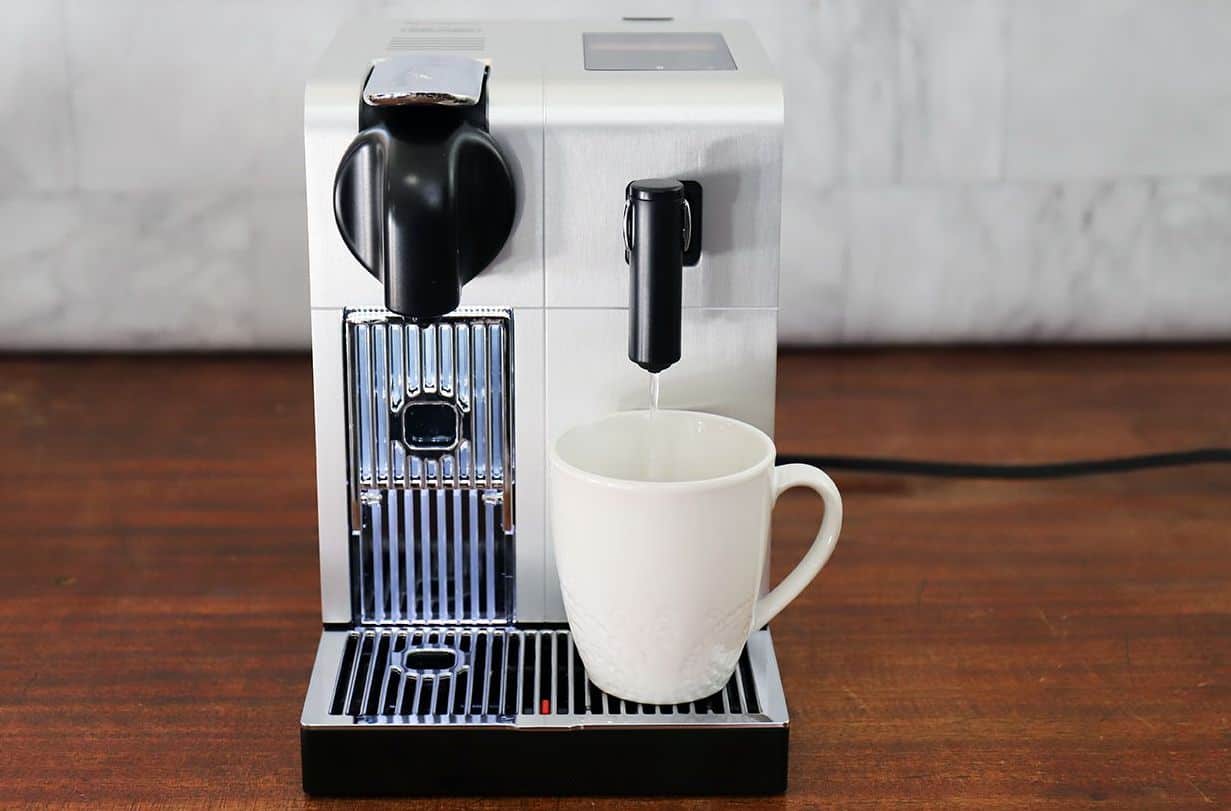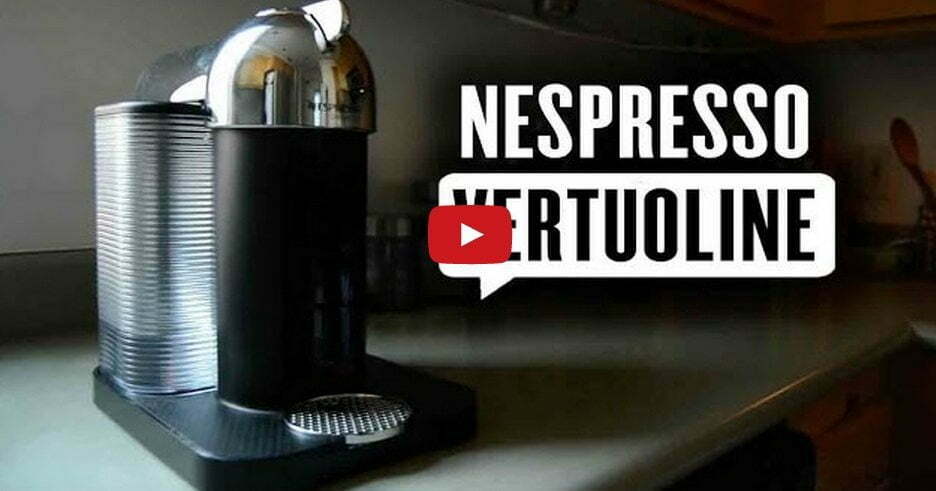Knowing how to get rid of a plastic taste in your coffee maker will keep every fresh batch of coffee tasting delicious. The process of cleaning plastic coffee makers is easy, and you can finish in just a few minutes.
KEY TAKEAWAYS:
- First, create a solution using vinegar and plain water. Add a little baking soda for extra cleaning power, and allow the appliance to cycle through a few brewing cycles.
- Next, flush warm or cold water through the appliance a couple of times. This will keep your machine from tasting like straight vinegar.
- To avoid a plastic taste blending in with your hot coffee, invest in a coffee maker brand that produces models featuring a stainless steel water reservoir.
Investing in the best coffee maker without plastic is the best way to avoid this problem. A stainless steel version is usually a little more expensive but well worth it for creating better coffee brews.
Removing a Plastic Smell and Taste from a Regular Coffee Maker
Nobody wants a bad taste in their coffee brews. Luckily, getting rid of a chemical taste is easy. The process of cleaning out this flavor from your appliance only takes a few ingredients and a few minutes of your time.
Insider Tip
Both the brew methods and the quality of coffee beans you use will determine whether you can achieve coffee shop quality brews.
A typical coffee maker smell is, well, coffee. However, the build-up of coffee grounds and a lack of cleaning repetitions over time can lead to an unpleasant odor. Learning how to get rid of a coffee smell in a coffee maker will help.
STEP 1
Create a batch of vinegar and water. For every 5 ounces of water your water reservoir holds, use two tablespoons of vinegar. This means that a 12-cup coffee maker would require 1.5 cups of vinegar.
STEP 2
Now, add a little bit of baking soda to your vinegar solution. This will help descale the appliance, as well. Don’t use too much baking soda since it reacts with vinegar. The hot water should dissolve any chunks of soda floating around.
STEP 3
Pour the white vinegar mixture into your water reservoir. Then, allow the brew cycle to begin. This solution will clear your brewing channel entirely, removing any hints of a chemical taste such as plastic.
STEP 4
Once the cycle finishes up, run an additional brew cycle. You can do this a few times if you feel like you need to do so. Plastic coffee makers that lack a regular cleaning routine may need more cycles.
STEP 5
Now, run warm water through your appliance’s system. This flushes parts like the brewer channel to ensure you remove undesirable components, like the vinegar solution. Use clean water for this step.
STEP 6
If a vinegar taste lingers, learning how to get rid of a vinegar taste in a coffee maker will solve that problem.
Warning
Undesirable components made of plastic will create off-tasting coffee, so try to invest in models that have BPA-free components.
F.A.Q.S
How do I avoid a plastic flavor in my coffee cup?
To avoid the taste of plastic in your cup of coffee, avoid using plastic containers. This includes water reservoirs and components. Using an all-glass coffee pot and a stainless steel water reservoir will work wonders.
What causes a coffee maker’s plastic taste to form?
You can almost bet the coffee maker’s plastic taste is coming from a high water temperature. This causes Phthalates and BPA to melt into your brewing channel. A BPA-free body coffee machine won’t do this.
Do the plastic components contain toxic, bad chemicals?
While a slight chemical bitterness in your coffee cup can raise some eyebrows, don’t worry about bad chemicals causing health issues. Many chemicals are harmless.
How can I make an excellent coffee fit for a coffee snob?
While expensive coffee makers will produce amazing coffee, it all starts with the coffee bean. The pre-ground coffee you choose is the difference between coffee shop quality and gross, bitter coffee.
STAT: There is on average 8 million metric tons of plastic that enter the ocean from land every year. (source)
REFERENCES:
- https://www.ncbi.nlm.nih.gov/pmc/articles/PMC5615111/
- https://cdn1.sph.harvard.edu/wp-content/uploads/sites/21/2012/12/bpa_and_phthalates_by_the_numbers.pdf
- https://www.researchgate.net/figure/of-phthalates-plasticizers-in-espresso-coffee-surrogates-from-pre-packed-coffee-products_tbl1_317047500r
- https://thewell.northwell.edu/dear-doctor/are-there-toxins-in-your-coffee
- https://www.cpsc.gov/s3fs-public/pdfs/ReportonPhthalatesinFourPlastics.pdf

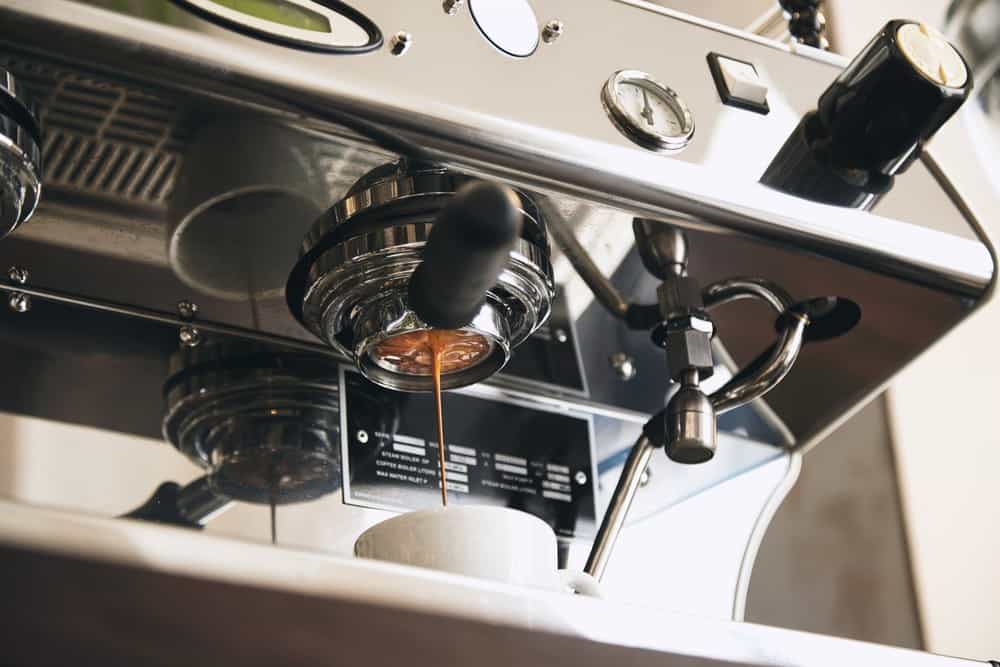













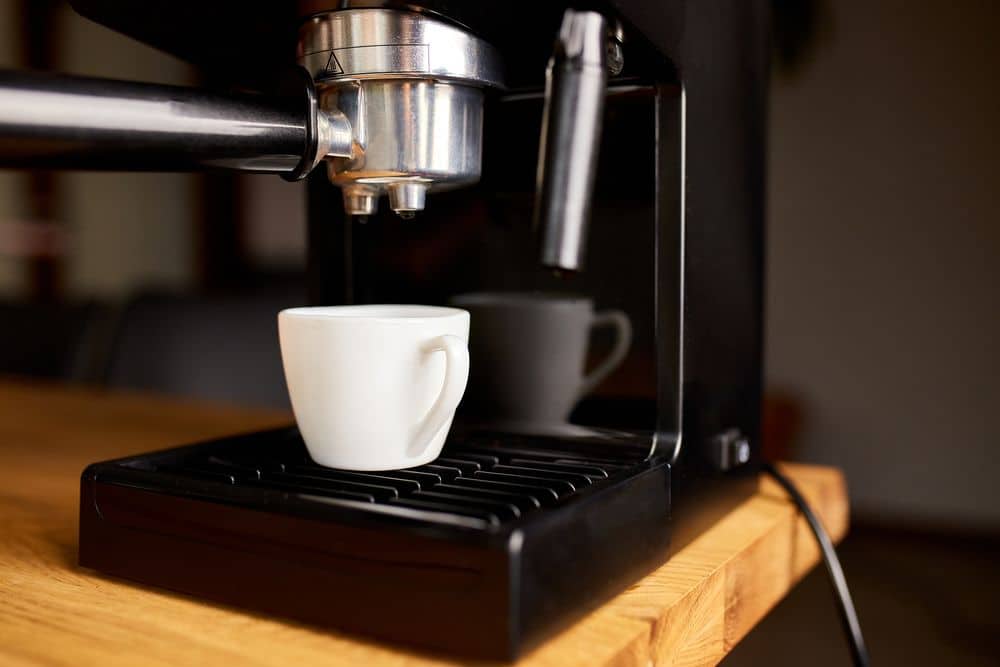
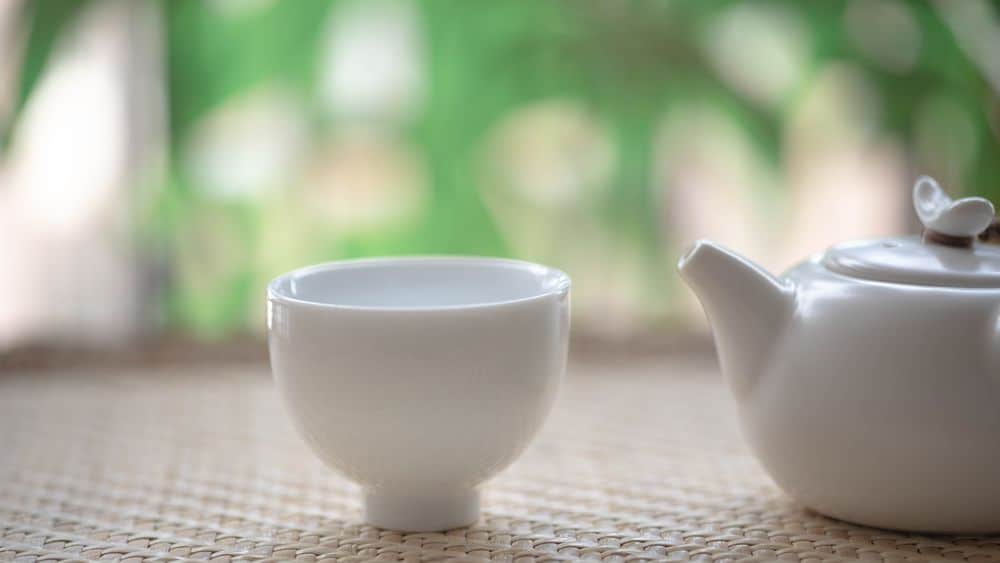
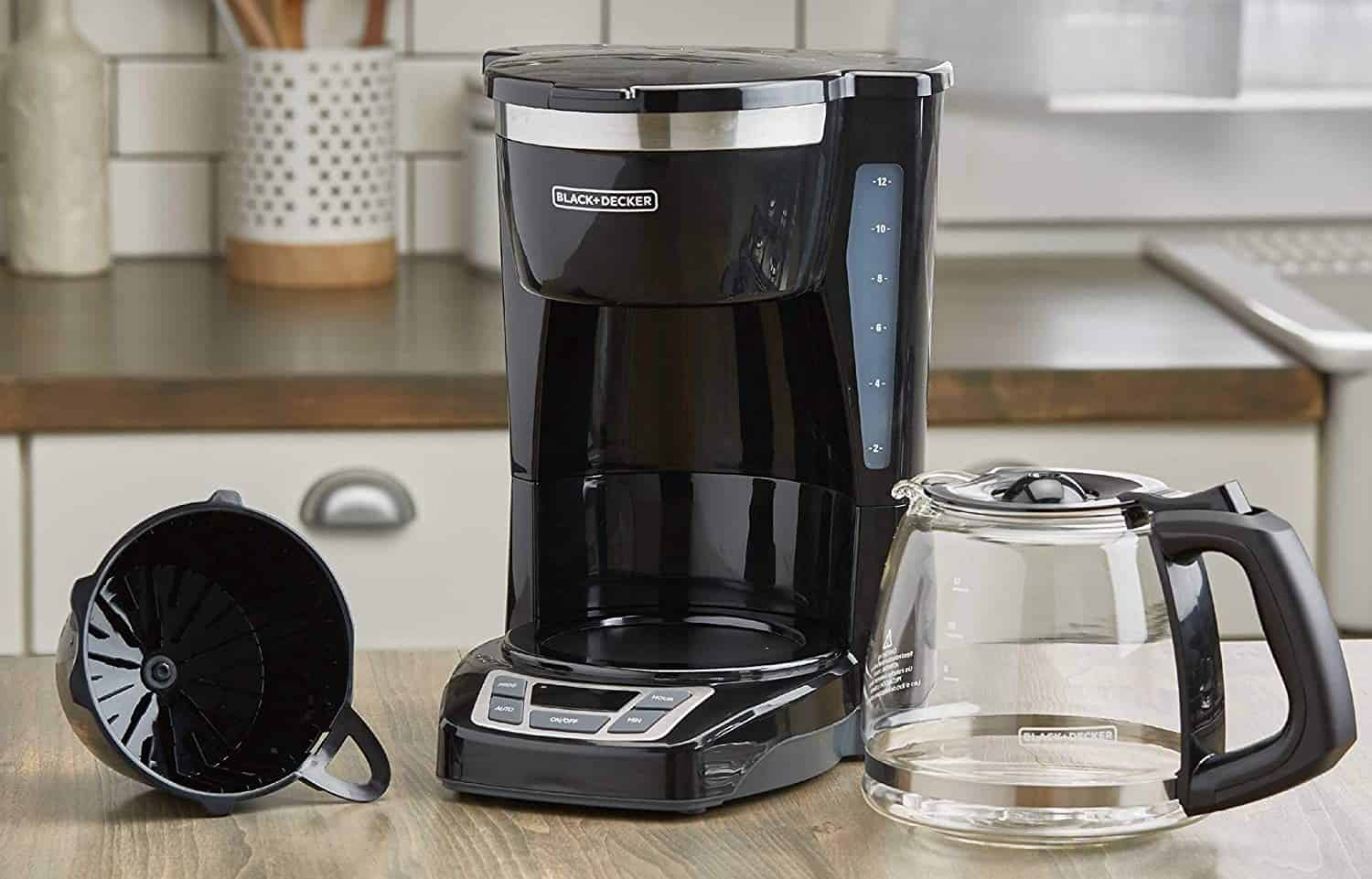
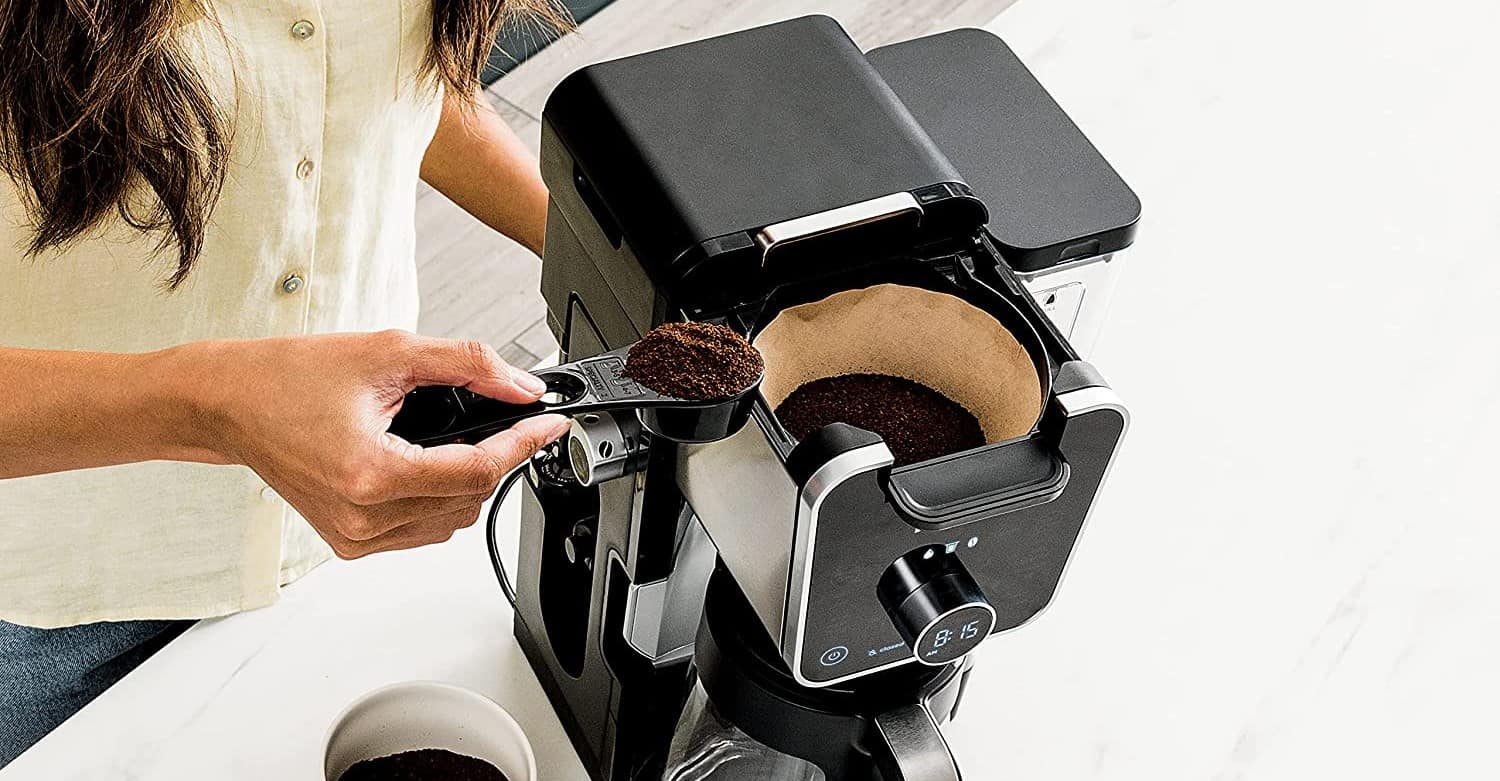
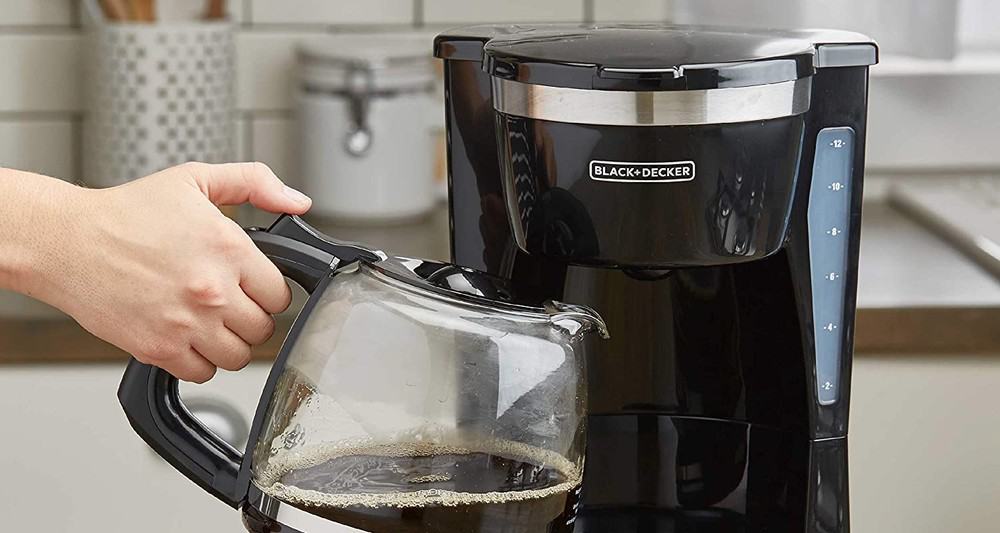
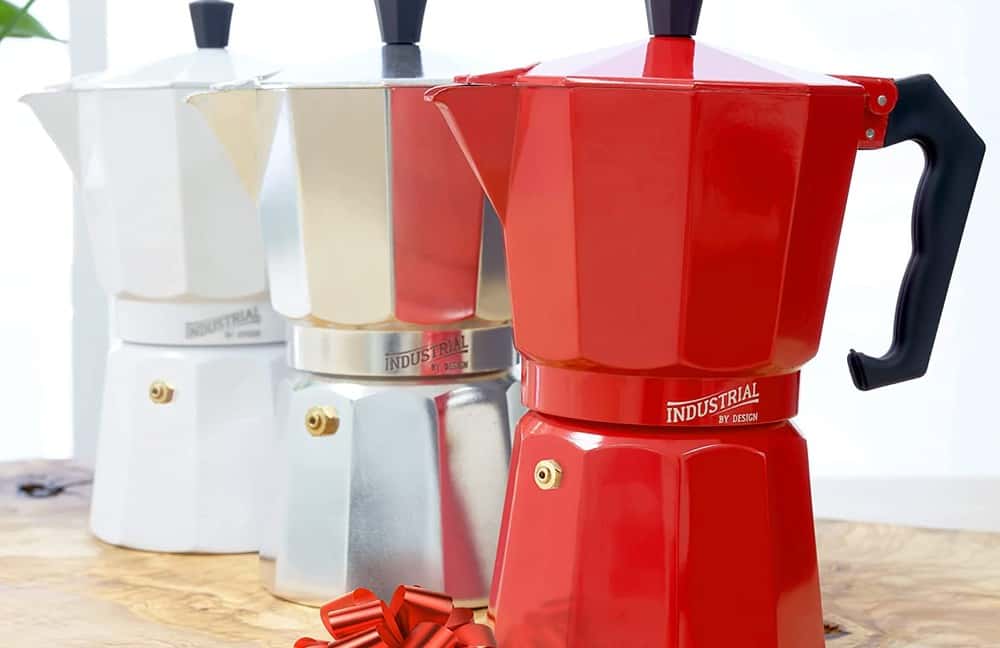
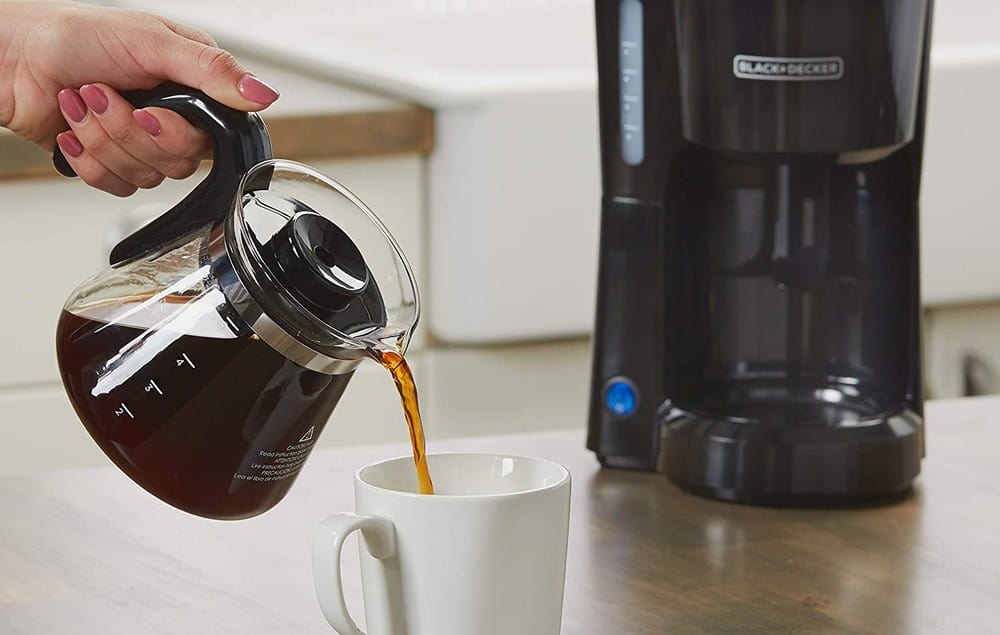
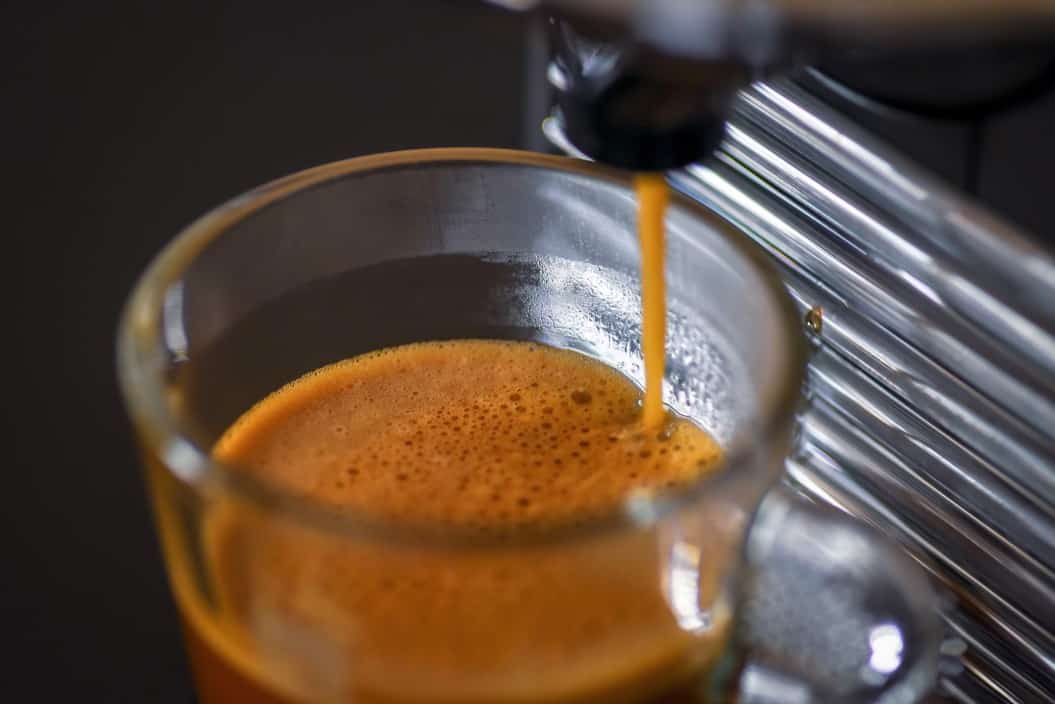
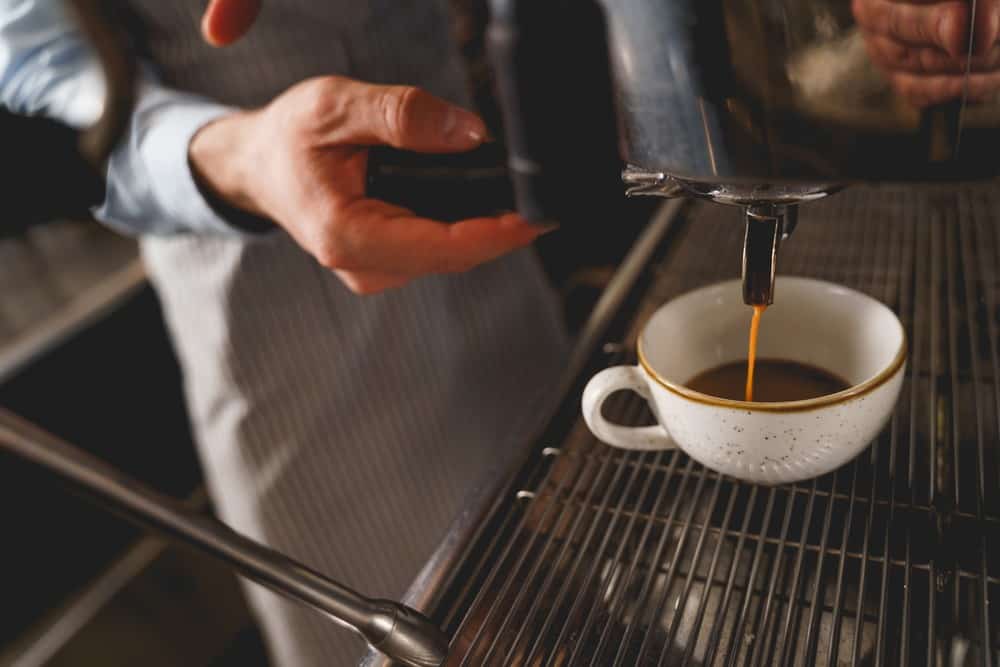

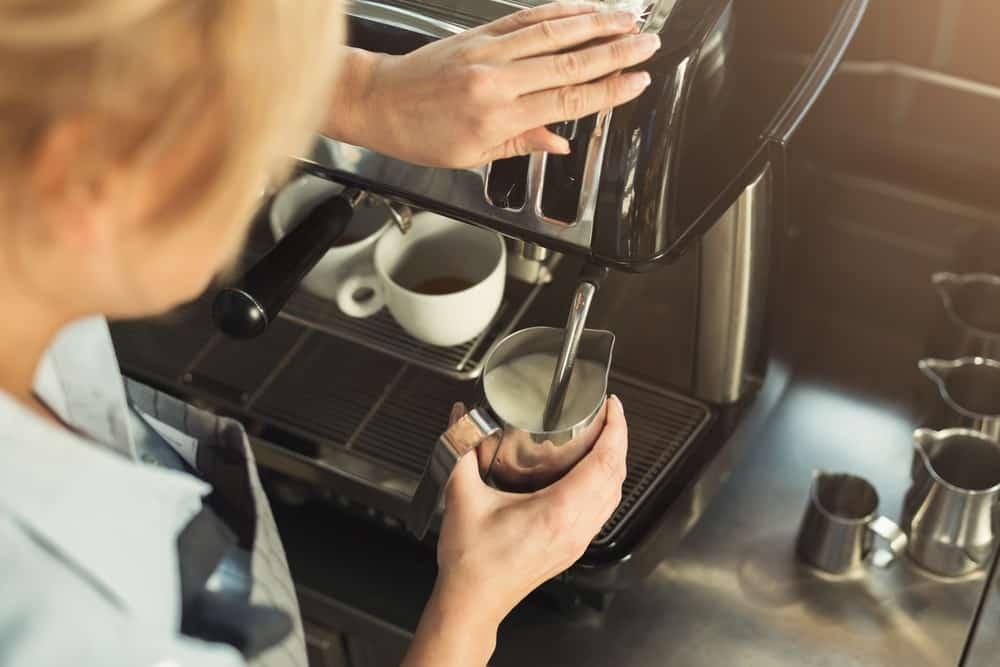
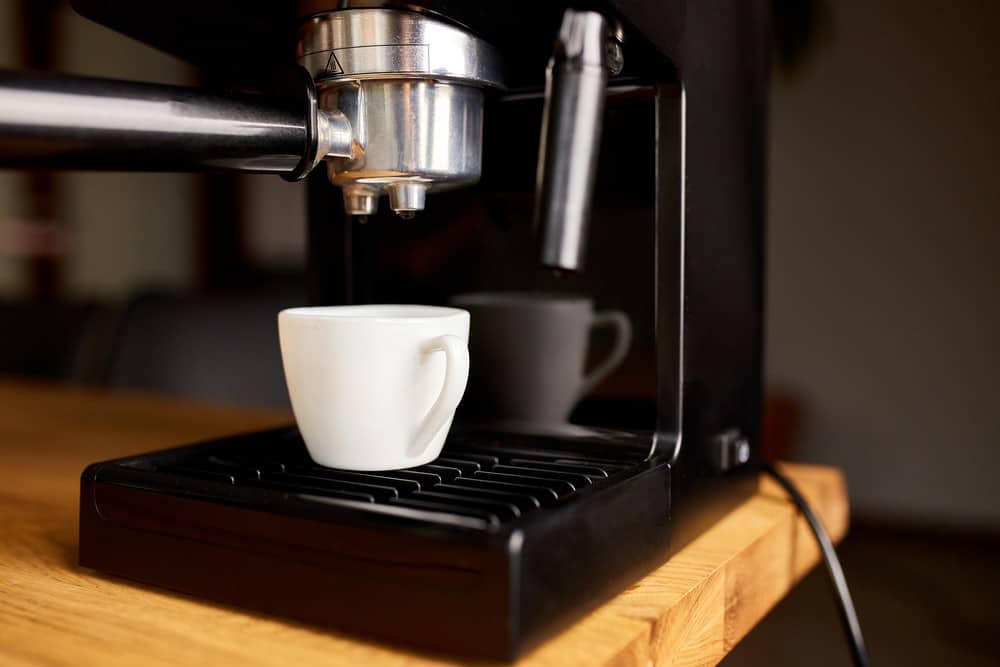
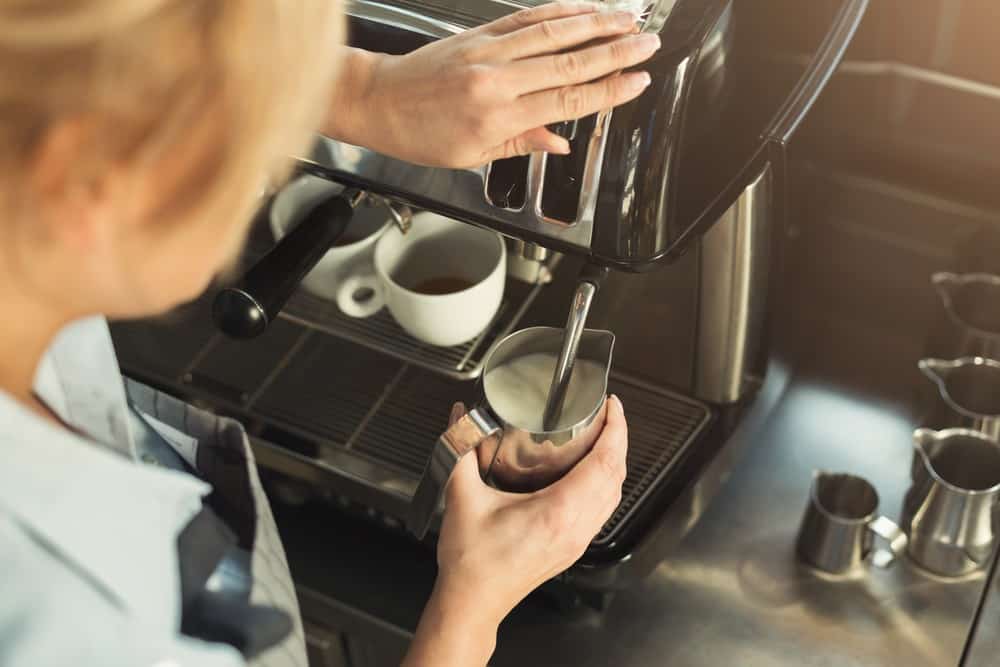
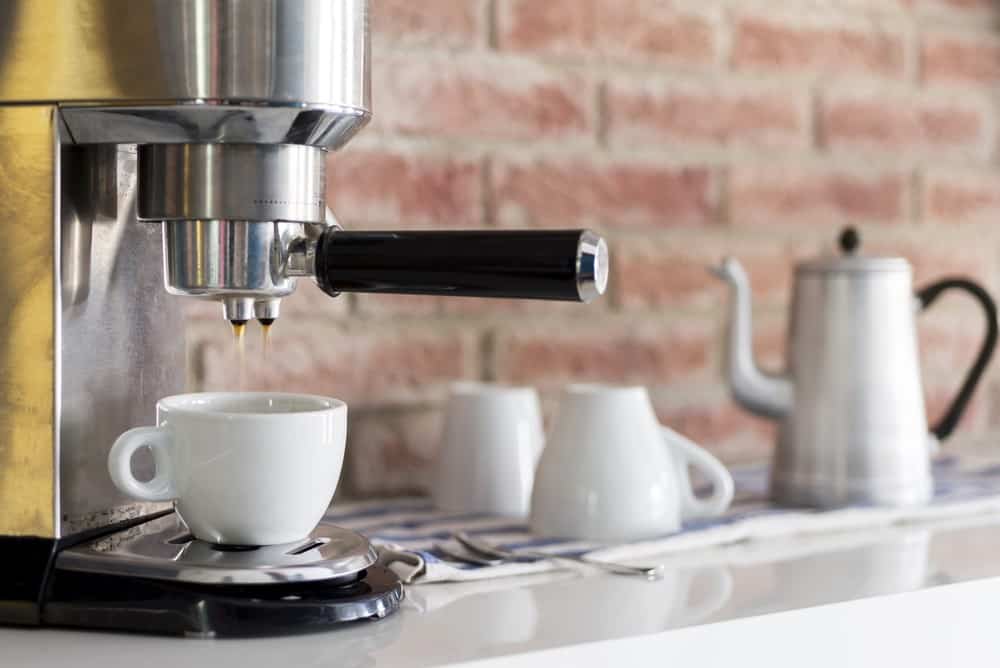
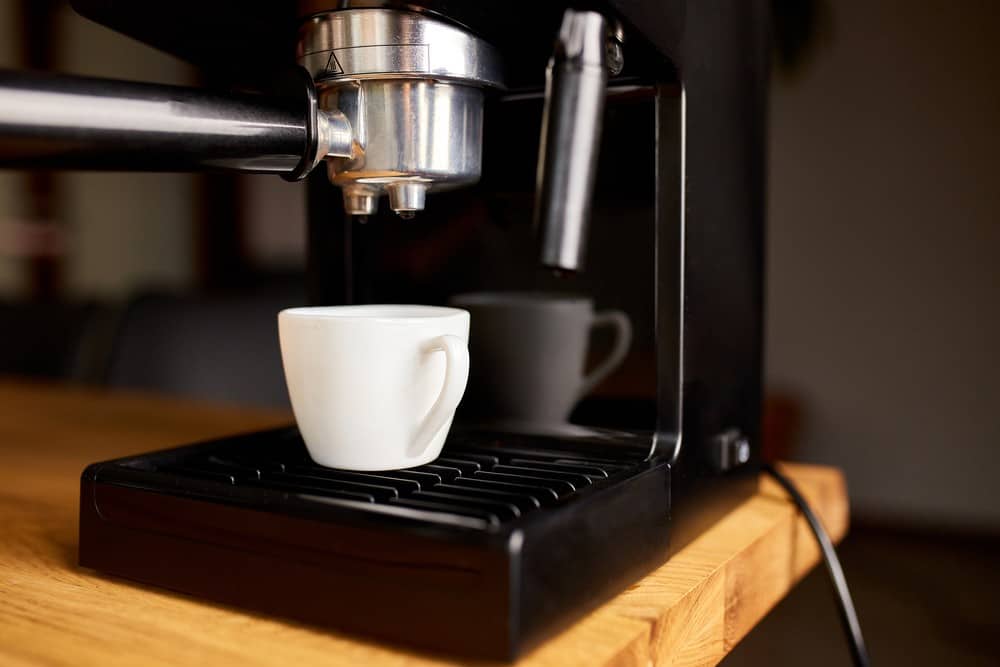
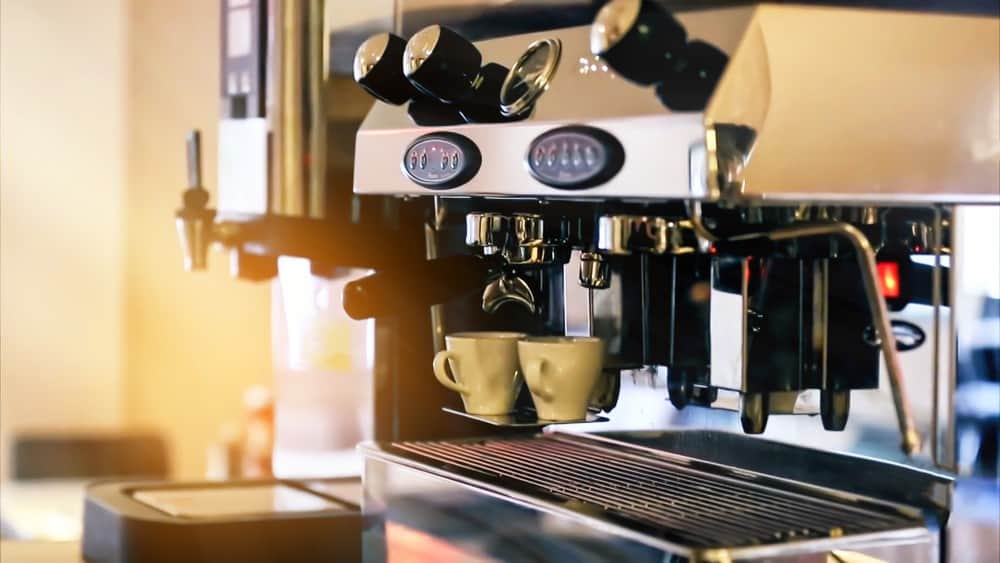
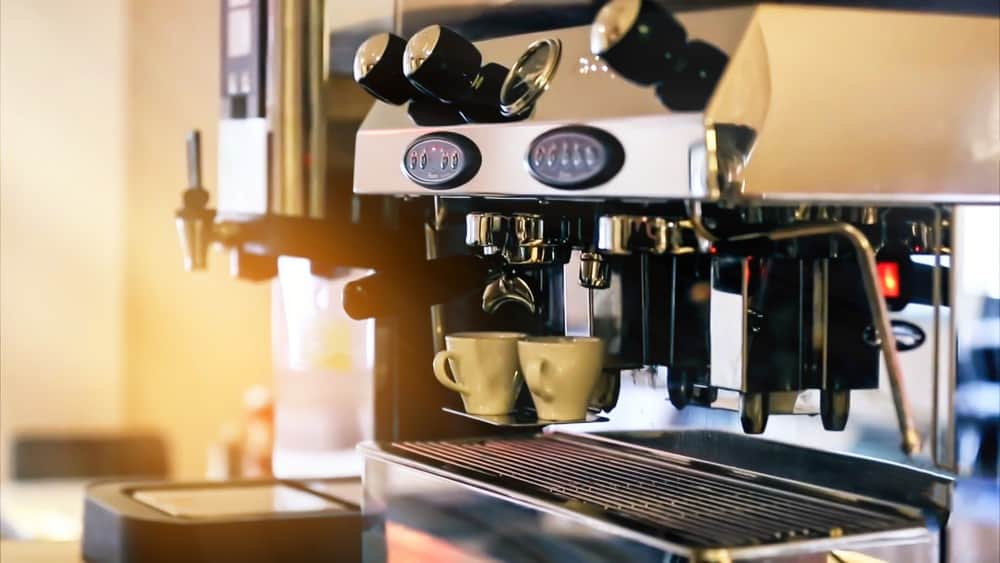
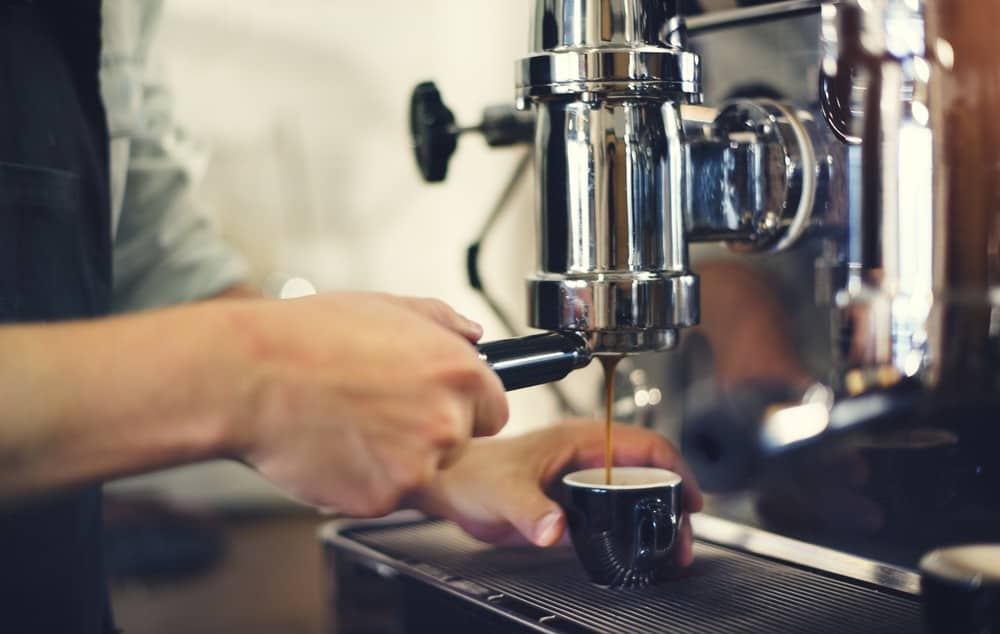
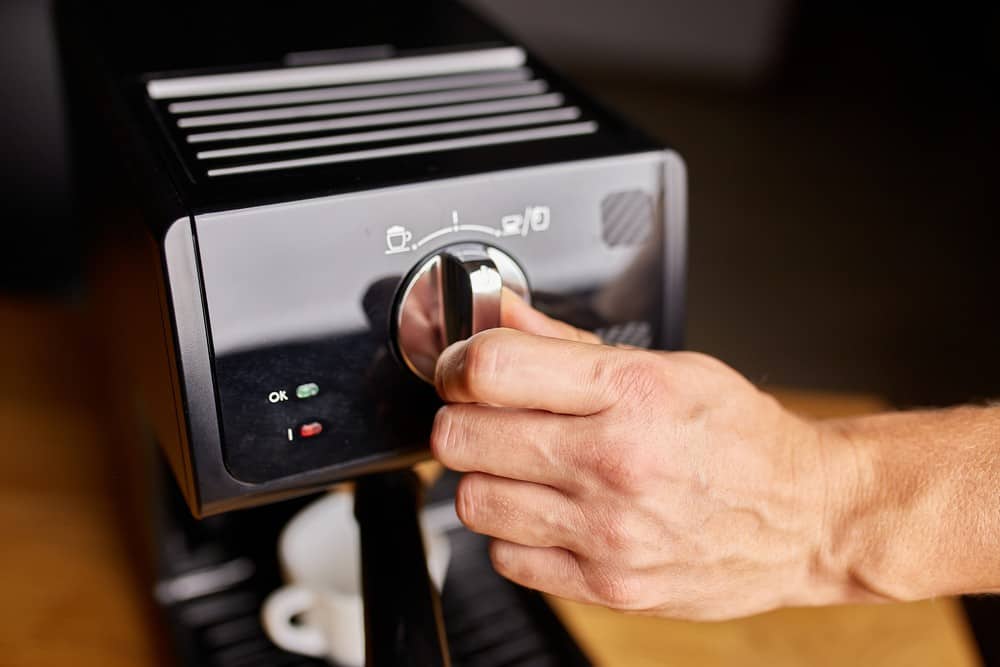
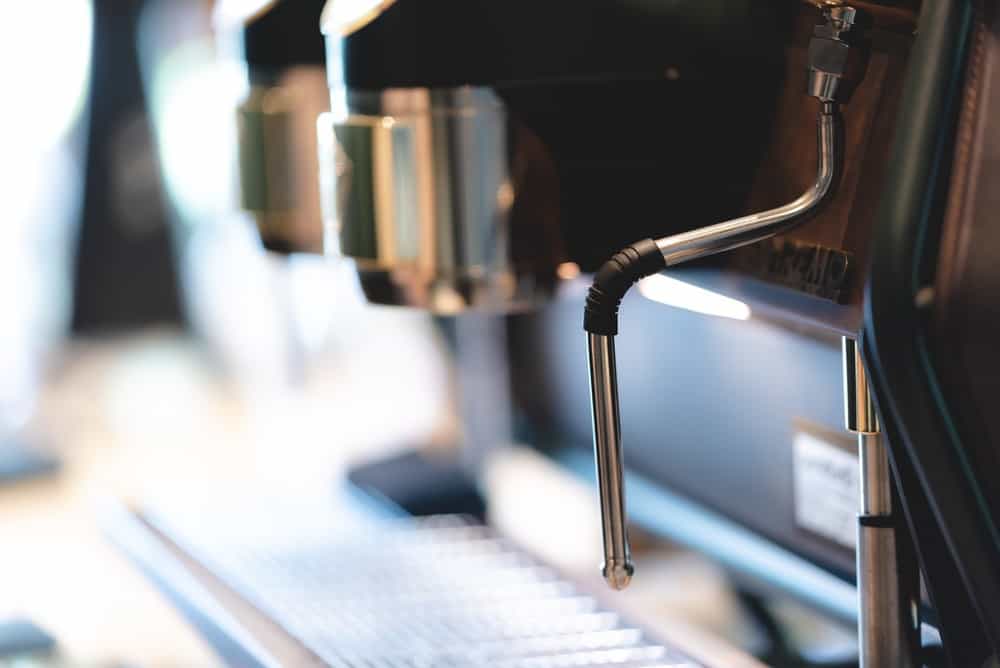
![Best Keurig Alternatives in [year] 27 Best Keurig Alternatives in 2025](https://www.gadgetreview.dev/wp-content/uploads/best-keurig-alternative-image.jpg)
![Best Semi Automatic Espresso Machines in [year] 28 Best Semi Automatic Espresso Machines in 2025](https://www.gadgetreview.dev/wp-content/uploads/best-semi-automatic-espresso-machine-image.jpg)
![Best Coffee and Espresso Makers in [year] 29 Best Coffee and Espresso Makers in 2025](https://www.gadgetreview.dev/wp-content/uploads/best-coffee-and-espresso-maker-image.jpg)
![Best Kitchen Appliances in [year] ([month] Reviews) 30 Best Kitchen Appliances in 2025 (December Reviews)](https://www.gadgetreview.dev/wp-content/uploads/best-kitchen-appliances.jpg)
![Quietest Coffee Makers in [year] 31 Quietest Coffee Makers in 2025](https://www.gadgetreview.dev/wp-content/uploads/quietest-coffee-maker-image.jpg)
![Best Prosumer Espresso Machines in [year] 32 Best Prosumer Espresso Machines in 2025](https://www.gadgetreview.dev/wp-content/uploads/71ytF6efAlL._AC_SL1500_.jpg)
![Best Single Serve Coffee Maker No Pods in [year] 33 Best Single Serve Coffee Maker No Pods in 2025](https://www.gadgetreview.dev/wp-content/uploads/best-k-pod-coffee-image-1.jpg)
![Best Coffee Makers for Hard Water in [year] 34 Best Coffee Makers for Hard Water in 2025](https://www.gadgetreview.dev/wp-content/uploads/best-coffee-maker-for-hard-water-image.jpg)
![Best Dual Boiler Espresso Machines in [year] 35 Best Dual Boiler Espresso Machines in 2025](https://www.gadgetreview.dev/wp-content/uploads/best-dual-boiler-espresso-machine-image.jpg)
![Best Coffee Makers for RV in [year] 36 Best Coffee Makers for RV in 2025](https://www.gadgetreview.dev/wp-content/uploads/best-coffee-maker-for-rv-image.jpg)
![Best Ninja Coffee Makers in [year] 37 Best Ninja Coffee Makers in 2025](https://www.gadgetreview.dev/wp-content/uploads/best-ninja-coffee-maker-image.jpg)
![Best Breville Espresso Machines in [year] 38 Best Breville Espresso Machines in 2025](https://www.gadgetreview.dev/wp-content/uploads/best-breville-espresso-machine-image.jpg)
![Best 5 Cup Coffee Makers in [year] 39 Best 5 Cup Coffee Makers in 2025](https://www.gadgetreview.dev/wp-content/uploads/best-5-cup-coffee-maker-image.jpg)
![Best Commercial Coffee Makers in [year] 40 Best Commercial Coffee Makers in 2025](https://www.gadgetreview.dev/wp-content/uploads/best-commercial-coffee-maker-image.jpg)
![Best Commercial Espresso Machine for a Small Coffee Shop in [year] 41 Best Commercial Espresso Machine for a Small Coffee Shop in 2025](https://www.gadgetreview.dev/wp-content/uploads/best-commercial-espresso-machine-small-coffee-shop-image.jpg)
![Best Coffee for Moka Pot in [year] 42 Best Coffee for Moka Pot in 2025](https://www.gadgetreview.dev/wp-content/uploads/best-coffee-for-moka-pot-image.jpg)
![Best USA Made Coffee Makers in [year] 43 Best USA Made Coffee Makers in 2025](https://www.gadgetreview.dev/wp-content/uploads/best-usa-made-coffee-makers-image.jpg)
![Fastest Coffee Makers in [year] 44 Fastest Coffee Makers in 2025](https://www.gadgetreview.dev/wp-content/uploads/fastest-coffee-maker-image.jpg)
![Best SCAA Certified Coffee Makers in [year] 45 Best SCAA Certified Coffee Makers in 2025](https://www.gadgetreview.dev/wp-content/uploads/best-scaa-certified-coffee-maker-image.jpg)
![Best Smart Coffee Makers in [year] 46 Best Smart Coffee Makers in 2025](https://www.gadgetreview.dev/wp-content/uploads/best-smart-coffee-maker-image.jpg)
